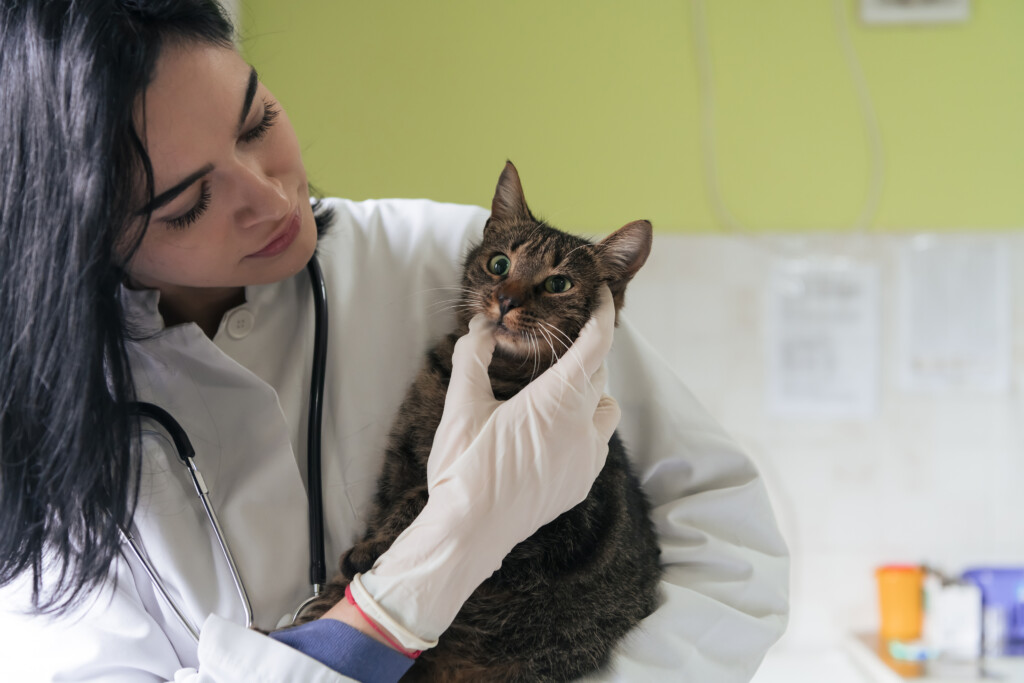Written by Bob Lester, DVM for Today’s Veterinary Business
Sailors are familiar with the phrase “fair winds and following seas.” The saying refers to ideal conditions for steering a ship. Our profession is enjoying both fair winds and a few rough seas.
With that in mind, I’ve been thinking about our profession’s tailwinds and headwinds. Ever the optimist, I’ll start with tailwinds, which in my estimation far outweigh the headwinds. In some cases, the same wind can be viewed as either a tailwind or a headwind. Go figure.
Tailwinds
1. OUR VALUE TO SOCIETY
We continue to be among the most admired professionals as veterinarians or veterinary nurses. It’s impossible to attend a neighborhood barbecue and not be chatted up by someone who wanted to be a veterinary professional or hear all about her cat’s litter box behavior. This is an enormous advantage to our profession. Does your dentist, CPA or attorney have the same societal standing? Not so much.
A recent Packaged Facts survey showed that 81% of respondents considered themselves loyal to their veterinarian or animal hospital. Loyalty cannot be replaced by online shopping carts and FAQs. Further, think about what we do for society. In this polarized world, we make pets healthy and families happier. No left, no right, no red, no blue. Just bow and wow, puppy breath and kitten purrs. That’s value. Our profession is well-positioned for continued success.
2. HUMANIZATION OF PETS
As my good friend Dr. Marty Becker says, in our lifetime pets have moved from the barnyard to the backyard to the back porch to the living room to the bedroom to the bed to under the covers. Pets are part of the family. The growth of this magical bond has and continues to revolutionize companion animal practice.
3. THE FUR BABY MOVEMENT
Millennials and the Gen Zers to follow (PetGen) have moved beyond pets under the covers. Their pets are, in fact, fur babies. These four-legged children have their own diapers, strollers and basinets. The care required of a fur baby is driving the profession to new heights. Not to mention that this generation is driving pet ownership up. Sixty-eight percent of households own a pet in 2018 vs. just 50% in 1988. PetGen is poised to be the best generation of pet owners ever. How we care for and communicate with PetGen is critical to our continuing success as a profession. The opportunity is enormous.
4. PET SPENDING
Up, up, up. The humanization of pets and a good economy have combined to drive up increases in pet spending. While the U.S. gross domestic product is growing at a healthy 3% a year, our beloved pet industry far exceeds the overall economy. In 2018 we had yet another record-breaking year for pet spending, $72.56 billion. Estimates call for the pet industry to top $100 billion by 2021. That’s a nice tailwind.
5. PET LIFESPANS
Up, up, up. Pet lifespans will continue to grow because of better nutrition, dental care, behavioral counseling, immunizations, parasite control and emergent care. Cat lifespans rose from 11.0 years in 2002 to 12.9 years in 2016, an increase of 17.3%. Canine lifespans over the same period went from 10.5 to 11.8 years, up 12.4%.
How long should well-cared-for pets live? Fifteen years? Twenty? Imagine the benefits to pet families when teenage pets are the norm, not to mention the financial implications to our profession. Did you know that 83% of Medicare costs come in the last four months of human life? Not that we aspire to follow in human health care’s footsteps, but do be prepared to become excellent pet geriatricians.
6. CAREER PROSPECTS
As a veterinarian, you can have three or four job offers in the next 30 days if you so choose. Unemployment for vets is around 1%. As a veterinary nurse, you’d likely have eight or nine job offers over one month of searching. Jobs are plentiful. That’s a good thing. If you’re unhappy at your current position, fulfill your current obligations, leave with plenty of notice, never burn a bridge and go find a better job. Looking ahead, prospects remain bright. According to the U.S. Bureau of Labor Statistics, veterinary jobs will increase by 15,000 from 2016 to 2026, while veterinary technician jobs will grow by over 20,000.
7. WAGES
The shortage of veterinary professionals is driving up compensation. So, let’s enjoy some long-overdue rising wages. The net present value of a veterinary degree is up $400,000 from 2015 to 2018. Wow!
8. SHELTER REINVENTION
Shelters are putting themselves out of business. How cool is that! Euthanasia is way down, and many progressive shelters are importing pets for adoption. Having started to run out of unwanted pets, shelters are reinventing themselves by providing communities with animal care education, wildlife care, foster programs, transport programs, forensics and veterinary services for those in need. Yahoo!
9. EDUCATIONAL SHIFT
Academia is evolving to better meet the needs of a changing society by addressing both graduate quality and quantity. They’re raising class sizes to help offset the current workforce shortage and instituting curricular change to provide a better entry-level graduate. Schools are working to produce competent, confident and practice-ready new graduates.
Innovation in academia, including cost-effective community-based models, professional skills training (communication, leadership, teamwork, practice management), new teaching technologies and partnerships with centers of excellence are just a few of the changes underway. The best and brightest are still drawn to this profession and are being well-prepared to join our ranks and lead the way to an even brighter future.
